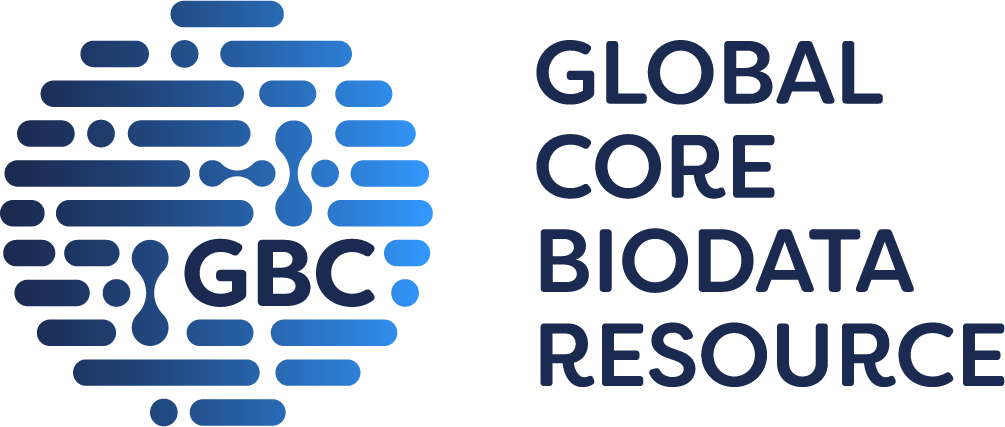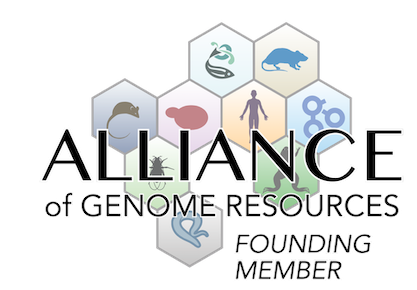growth/size/body
|
• reduction in body size, which is more pronounced in males
|
weight loss
(
J:338892
)
|
• mice show reduced body weight, with males affected earlier and more severely than females
• males show weight reduction already at 18 weeks of age and at 18 months of age, males have an approximate weight reduction of 36%
• at 18 months of age, females have an approximate 14% reduction in body weight
|
behavior/neurological
 |
• males show better performance on the rotarod at 9 and 12 months of age but become comparable to controls at 15 and 18 months of age
|
|
• the base of support of the hind paws (distance between the left and right hind paw) is increased in 18-month-old mice, indicating the need of a wider stand for stabilization, however base of support of the front paws is not different
|
 |
• females show a tendency for coordination deficits on the rotarod at 3 months which become significant at 18 months
|
|
• gait analysis shows that the right front paw and right hind paw have an increased step cycle (the time it takes to remove the paw from the surface and to place it back) in 18-month-old mice
• the right front paw shows reduced print area (area of the paw that touches the surface during walking) in 18-month-old mice
• the base of support of the hind paws (distance between the left and right hind paw) is increased in 18-month-old mice, indicating the need of a wider stand for stabilization, however base of support of the front paws is not different
• walking behavior abnormalities are detected in the ability to walk on an elevated beam at 9 months of age
|
nervous system
|
• reduction in number of intact Purkinje cells in cerebellar loop IV/V to loop VIII at 3, 12, and 18 months of age; these areas show damaged Purkinje cells, less round cells
• however, no changes in the number of deep cerebellar nuclei and pontine nuclei are seen
|
|
• mice show a massive increase in ubiquitin-positive and Atxn3-positive aggregates in the brain within 18 months
• mice show the formation of aggregates in the loop III of the cerebellum, the deep cerebellar nuclei, the pons, and the hippocampus already at 3 months of age and all brain areas show aggregates by 18 months
|
skeleton
Mouse Models of Human Disease |
DO ID | OMIM ID(s) | Ref(s) | |
| Machado-Joseph disease | DOID:1440 |
OMIM:109150 |
J:338892 | |



 Analysis Tools
Analysis Tools